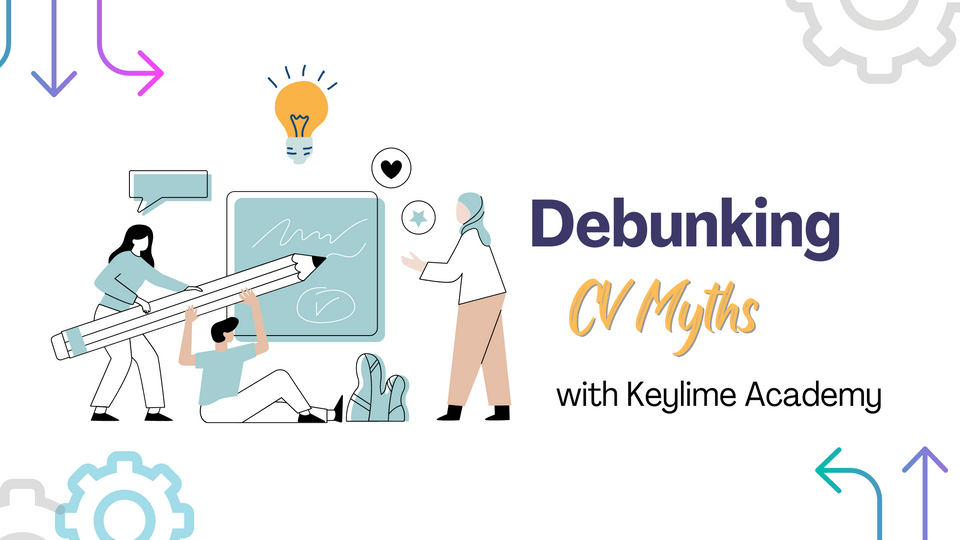CVs are a critical part of any USAID proposal submission. Think about it—we see CVs in 99% of USAID proposals. And they’re usually scored with the personnel section—which is almost always highly evaluated. A well-crafted CV can be the difference between winning and losing a proposal.
That's a lot of pressure on your CVs! But more often than not, we see people approach CVs all wrong. We’re going to debunk some of the most common CV myths we see in the industry.
Myth #1: Evaluators don’t really read the CVs in a proposal.
False! False! False!
Evaluators absolutely read the CVs you submit in a proposal. And at Keylime, we’ve heard directly from USAID that some evaluators read the CVs first.
In fact, in some cases, proposed personnel are given the same or more weight than the technical approach in the evaluation criteria. And since CVs are required in virtually every proposal—they are a high frequency:high value part of your bids.
Your proposal is at a disadvantage from the start if you don’t have strong CVs. It’s essential to take the time to develop the skills to write strong CVs that clearly demonstrate the proposed personnel’s relevant experience and qualifications.
Myth #2: Writing a compelling and responsive CV isn’t a good use of time on a proposal
We disagree big time!
A well-crafted CV has the power to sway USAID in your favor and turn the tables in a competition. It's not just a list of experiences - it's a story of your candidate's passion and skills, and how they came to be where they are. Don't settle for a bland and boring CV that fails to capture the essence of your candidate - take the time to craft a compelling and responsive document that showcases their unique strengths and qualifications. Let your candidate's CV be the evidence that convinces USAID why they are the best fit for the job.
Also consider that CVs have a high points-per-page ratio. You may only submit one or two CVs that are 2-3 pages each. So relative to the technical approach, there’s a lot of potential points densely packed into a few pages. In our opinion, it’s definitely worth the investment of time!
Myth #3: Writing CVs is so easy, anyone can do it
Let’s be real—writing CVs is everybody’s first role on a proposal team. And CV writers are often told to just drop the candidate’s original CV into the bidder’s CV template without any other guidance. And most people underestimate the amount of time it takes to write a winning CV. Did you know that a strong CV takes 8+ hours to write? 👀
Think about it. To write a good CV you need to:
- Tailor the CV to the solicitation
- Highlight the specific skills and experience required for the position
- Show how the proposed personnel’s experience and qualifications match the requirements of the solicitation
- Speak to the proposal’s recruiter or read interview notes to fully understand the candidate’s experience
- Talk to the candidate yourself to answer any lingering questions
All of these tasks require attention to detail and the ability to write clearly and effectively—foundational skills that just so happen to be applicable to all areas of proposal writing 🙌🏻
Sum it up for me!
Don't be fooled by the myths surrounding CV writing - evaluators actually READ them, and a poorly written CV can sink your proposal from the get-go. So, take the time to craft a compelling and responsive document that showcases your candidate's unique strengths and qualifications. It may take some effort, but trust us - it's worth it. Give your proposal the competitive edge it deserves and show USAID why your proposed personnel are the only ones for the job!
Want more?
Keylime Academy’s workshop To Write Great CVs is launching next month! 🎉
Signup here to join on September 14-15.
And check out our FREE GUIDE on formatting CVs to win!

